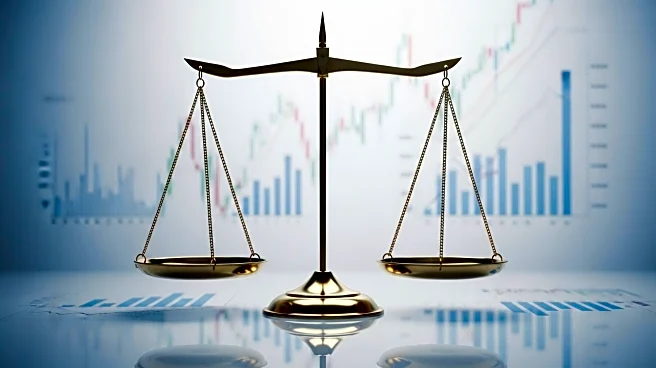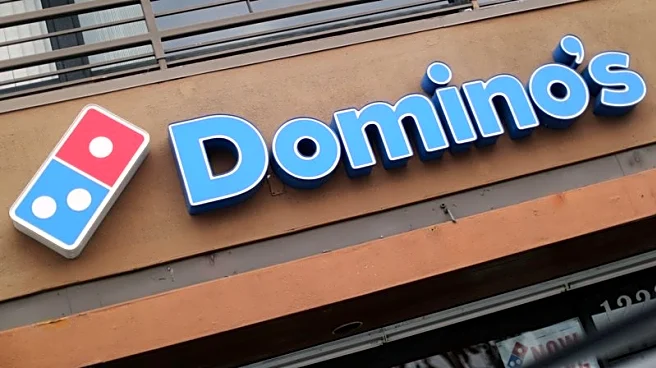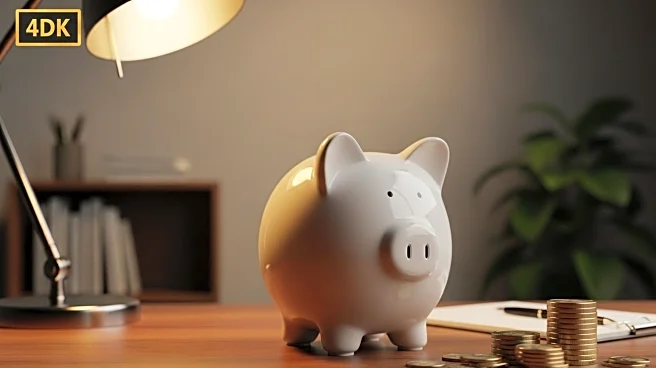What's Happening?
Economists are closely monitoring various indicators that suggest potential economic challenges in the United States. Despite the absence of official government data confirming a recession, several signs point to economic uncertainty. The 'lipstick index,' traditionally used to gauge consumer spending during tough times, may be outdated due to changing consumer habits. Cardboard box production, a key component of the consumer economy, has slowed, indicating potential declines in retail activity. Additionally, sales of large trucks, essential for industrial activity, have decreased, which could signal a slowdown in economic growth. Consumer spending remains strong but is concentrated among wealthier Americans, while lower-income families are cutting back. The resurgence of Hamburger Helper sales and increased thrift store shopping reflect consumer efforts to economize. Job market stagnation, with fewer job openings and reduced job-switching, further underscores economic concerns.
Why It's Important?
The indicators being monitored by economists are crucial for understanding the broader economic landscape and potential challenges ahead. A slowdown in cardboard box production and large truck sales could impact retail and industrial sectors, leading to reduced economic activity. The shift in consumer spending patterns, with increased thrift shopping and budget meal purchases, highlights growing economic anxiety among Americans. This could affect retail businesses and consumer goods industries. The stagnant job market may hinder wage growth and career advancement, impacting workers' financial stability. These factors collectively suggest a cautious economic outlook, with potential implications for public policy and business strategies. Stakeholders, including policymakers and business leaders, must consider these indicators when planning for future economic conditions.
What's Next?
Economists and industry analysts will continue to monitor these indicators to assess the likelihood of a recession. Businesses may need to adjust strategies to accommodate changing consumer behaviors and potential declines in industrial activity. Policymakers might consider measures to stimulate economic growth and support vulnerable sectors. The job market's stagnation could prompt discussions on labor policies to enhance job mobility and wage growth. As economic uncertainty persists, stakeholders will likely focus on strategies to mitigate potential downturns and support economic resilience.
Beyond the Headlines
The evolving consumer habits, such as increased thrift shopping and budget meal purchases, reflect deeper cultural shifts towards frugality and resourcefulness. These changes may influence long-term consumer behavior and retail strategies. The economic uncertainty could also lead to increased public discourse on financial literacy and economic preparedness. As consumers become more cautious, businesses may need to innovate to meet changing demands and preferences. The broader implications of these economic indicators could shape future economic policies and societal attitudes towards spending and saving.












